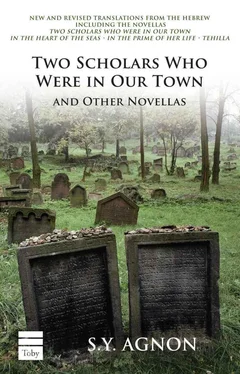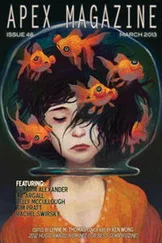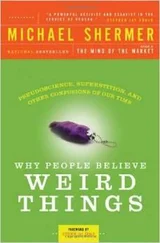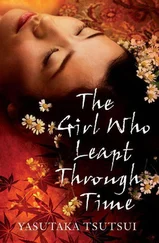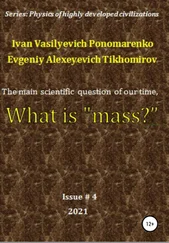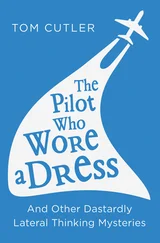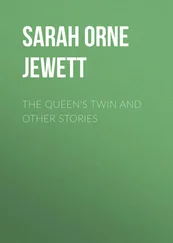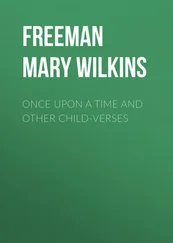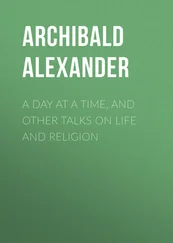Still and calm was the room: like a house of prayer, when the prayer has been said. There, on the stone floor, flowed the last tiny rivulets of the waters in which Tehilla had been cleansed.
Translated by Walter Lever
Revised and Annotated by Jeffrey Saks
Mitzva / A commandment, good deed.
Rabbanit / The wife of a rabbi.
Mount of Olives / Site of an ancient Jewish cemetery, just to the east of Jerusalem’s Old City,
Eve of the New Moon / Special penitential prayers are recited by the faithful on the afternoon before the first of the month, a minor festival, in the Jewish lunar calendar. Many in Jerusalem customarily gathered at the Western Wall for these prayers.
The Place / A nickname for God, the Omnipresent who fills all places (Heb. Ha-makom ).
Mandate and Mandatory Police / The British mandate over Palestine administered civil affairs from 1920–1948.
Balfour Declaration / 1917 British government declaration of support for the establishment of a Jewish homeland in Palestine.
Goy / Non-Jew; gentile.
Psalms appointed for the day / According to custom the 150 chapters of Psalms are divided into sections for daily recital over the course of the week or (likely in this case) over the course of the month.
Good thing to give thanks… / Psalms 92:2.
Yeshiva / Institute of traditional Jewish learning, principally of Talmud study.
Happy is he… / Psalms 65:5.
Ishmael / Biblical son of Abraham; here used as a nickname for Arabs.
Nahalat Shiva / One of the earliest Jerusalem neighborhoods built outside the walls of the Old City, starting in 1869.
Rebbe Yitzhak Meir Alter /1799-1866, founder of the Ger Hassidic dynasty.
Half my kingdom / Cf. Esther 5:3.
Writer / Tehilla is playing off the fact that in Hebrew a sofer is both a ritual scribe as well as a modern author.
Crown-paper / Special bonded stationery for use in sending official petitions or communications with the royal court of the Austro-Hungarian Empire.
Tomb of Rachel / Traditional burial site of the Biblical matriarch (cf. Gen. 35:9-20) on the outskirts of Bethlehem, about 5 miles south of Jerusalem’s Old City.
Tefillin / Phylacteries; cube-shaped leather containers containing passages from the Bible, worn by men on the arm and head during morning prayers.
Sect / Pejorative description of Hassidim used by their opponents.
Simhat Torah / Festival at conclusion of the Sukkot holiday on which the yearly cycle of Torah reading is concluded, and each man is honored with an aliyah , i.e., being called up to the Torah.
Rebbe / Signifies a Hassidic master (as distinct from a non-Hassidic rabbi).
Shulhan Arukh / 16th century code of Jewish law by R. Yosef Karo.
Havdala / Ceremony marking the end of the Sabbath.
Kibbutz / Collective farming community.
We should be careful to never fall into the trap of confusing an author and his narrator. Nevertheless, Agnon often utilized a narrator who the reader is meant to believe is an autobiographical projection of the author into the story. While there’s no clear timestamp on the story “Tehilla” there are certain historical events and indicators that help us map out a timeline for the plot. If we presume that the middle-aged writer who returns to Jerusalem from a period spent abroad, settles in the Nahalat Shiva neighborhood outside the walls of the Old City, and who sometimes “found a place for myself at the Wall, standing at times amongst the worshippers, at times amongst the bewildered bystanders,” is just such a case of autobiographical projection, then the story commences in the Fall of 1924, just before “the beginning of the rainy season.” In fact, Agnon returned to Jerusalem (settling initially in Nahalat Shiva) from his twelve year sojourn in Germany, on October 31, 1924. Working backwards we can conjecture as to the milestones in the long life of that righteous and wise and gracious and humble woman. (To clarify, “Agnon” below refers to the actual real-life author, “Narrator” refers to the character in “Tehilla”).
1820 — Shraga born (was one year older than Tehilla)
1821 — Tehilla born (104 years old in 1925)
1832 — Engagement to Shraga (one year before Shraga’s bar mitzva)
1833 — Wedding to Shraga cancelled; Tehilla marries husband
1836 — First son born (“Three years after the wedding I gave birth to a son…”)
1838 — Second son born (“…two years later, another son was born to me.”)
1840 — Daughter born (“And two years after that, I gave birth to a daughter.”)
1849 — First son dies (“My son had died after the havdala , at the ending of Sabbath, thirty days before he came of age for tefillin ”; i.e., a month before bar mitzva )
1851 — Second son dies; husband seeks out Shraga and dies (similarly: “Two years later, the boy’s brother came of age — came, and did not come.”)
c. 1852-54? — Daughter engaged to Rabbanit’s father and her apostasy (presumably would have been married off around this age; in all cases I place this before 1855 for the following reason: The crown-paper she wishes the narrator to write her letter on in 1925 has been in her possession “upwards of seventy years”. Presumably this is the remainder of the paper stock on which she sent “her appeal [which] went up to the Emperor himself [i.e., to have her daughter returned to her]; and even the Emperor was powerless to help.” Crown-paper being special bonded stationery for use in sending official petitions or communications with the royal court of the Austro-Hungarian Empire.)
1860 — First neighborhood built outside Old City; Tehilla’s aliya before this (“The eye that has seen all Jerusalem enclosed within her walls cannot get accustomed to viewing what is built beyond the walls of the City itself.”)
1895 — Shraga dies (in 1925 Tehilla tells the Narrator: “Shraga has now been dead for thirty years.”)
Lag BaOmer 1908 — Agnon arrives in the Land of Israel
1912 — Agnon departs for Germany
1922 — British Mandate bans placing seats near the Western Wall (“I was driven from my place by one of the British police who carried a baton. This man was in a great rage, on account of some ailing old woman who had brought a stool with her to the Wall. The policeman jumped to it and gave a kick, throwing the woman to the ground, and confiscated the stool: for she had infringed the law enacted by the legislators of the Mandate, which forbade worshippers to bring seats to the Wall.”)
October 1924 — Agnon returns from Germany; in following days or weeks, seeking out the Jerusalem Sage and the Rabbanit the Narrator meets Tehilla in the Old City
Spring 1925 — Narrator writes letter to Shraga; Tehilla dies (Earlier: “Already most of the winter had passed, and spring blossoms had begun to appear.”)
1950 — Agnon publishes “Tehilla” in Me’asef Davar
Bibliography of Works in English
Like most of Agnon’s important stories, the four novellas in this volume have been the object of analysis and interpretation by the major scholars and critics of Hebrew literature. Readers who would like to sample some of that body of scholarship and commentary, but are limited to material available in English, would find the following book chapters and essays to be worthwhile.
The most comprehensive, nearly encyclopedic, book on Agnon in English remains: Arnold Band, Nostalgia and Nightmare: A Study in the Fiction of S.Y. Agnon (Berkeley, CA: University of California Press, 1968). Each of the four stories in this volume are treated there, and the reader will find concise reviews of plot and theme for: “Two Scholars Who Were in Our Town” on pp. 402–405; “In the Heart of the Seas” on pp. 262–270; “In the Prime of Her Life” on pp. 115–118; and “Tehilla” on pp. 406–409.
Читать дальше
